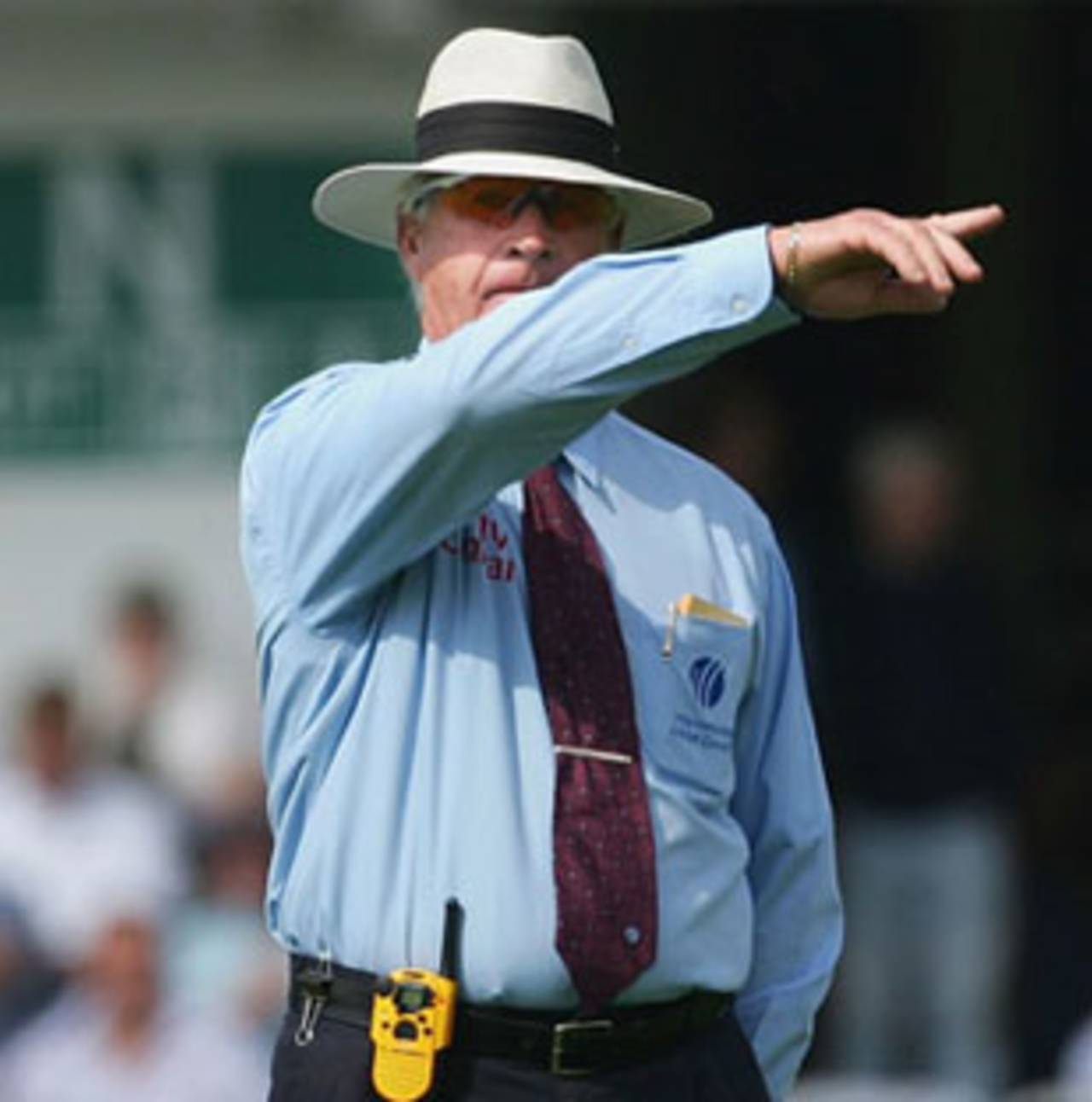The 50-over game is currently under more fire than a coal grate. This form of cricket badly needs an exciting and competitive Champions Trophy tournament.
In its short existence the Champions Trophy has been chameleon-like in its ability to change appearance. It's gone from a knockout affair to a non-event and has now settled ideally as a prestige tournament. It would be even more prestigious if qualification was expanded to a points system that connected it and other limited-overs tournaments. This would ensure the majority of 50-over games are meaningful - quality rather than quantity should be part of any solution to the game's perceived problems.
Limited-overs cricket has a couple of inbuilt flaws. A match can be won without dismissing the opposition, which can encourage teams to over-emphasise containment. The rationale for the game is predicated on a close finish, so anything less becomes an anti-climax. Consequently 50-over cricket is often perceived as boring because the close finish is a rarity and much of the batting involves a predictable formula.
Gimmicks have been tried to spruce up the game; the now redundant super-sub and a variety of Powerplays. This has only served to entrench "formulated" batting, so there's a tendency to concentrate on scoring heavily in the Powerplay overs and utilise the rest of the time to conserve wickets while accumulating risk-free runs. Abolishing the not-out might encourage batsmen to play with more freedom.
Heaven knows why administrators haven't trialled matches that are divided into four 25-over segments. It's an idea that was floated early in the life of the day-night fixture and would virtually eradicate any inequities, in that both sides have to bat under lights and cope with evening dew on the outfield.
In addition to eradicating inequities this innovation would provide scope for imaginative tactics, which along with less regulation should be a feature of revitalising the 50-over game.
The improvements should include preparing pitches that encourage an even contest. If the limited-overs game constantly features teams chasing huge targets then there's very little likelihood of a close finish.
The boundaries should be as large as possible, which places an emphasis on daring running between wickets and athletic fielding, two features that originally attracted fans to the limited-overs game. Short boundaries tend to emphasise defending the ropes, and make some fielding attributes redundant, whereas larger extremities make containment difficult because of the big gaps between the outfielders.
There should only be one stipulation about field placings: four men should compulsorily be inside the circle in the final five overs. If captains aren't told where their fieldsmen have to go then they've got to think where to put them, and the regulation is only there to stop teams having nine men on the boundary in a tight finish.
The requirement should be that five bowlers have to deliver a minimum of five overs each. Apart from that the captain can utilise his bowlers how he sees fit. The more overs available to the better bowlers, the more likely a captain will attack rather than defend with stop-gap trundlers
The other restriction on the fielding side should simply say that five bowlers have to deliver a minimum of five overs each. Apart from that the captain can utilise his bowlers how he sees fit. The more overs available to the better bowlers, the more likely a captain will attack rather than defend with stop-gap trundlers. Bowl well and you'll be rewarded with more overs.
A good contest between bat and ball is the crucial factor, closely followed by a tense finish; all else is forgotten if the final moments are riveting. If every run is scrapped for and earned by skillful, aggressive batting and daring running between wickets in defiance of brilliant fielding, no one can complain about the game providing value for money.
It may be argued that only "traditional" cricket fans will enjoy this style of contest. Well, if limited-overs cricket can only expand its audience by providing a hailstorm of sixes and fours, then the game is destined for a short life span.
In the end the future of the 50-over game will be decided by the fans.
The Champions Trophy has the potential to make a positive impact on fans, with great rivals Australia, India and Pakistan grouped together. A final four of India and Australia, South Africa and Sri Lanka could provide a couple of mouth-watering death-or-glory contests that remind fans how good the 50-over game can be.
Nevertheless, no matter how successful the Champions Trophy tournament, it shouldn't delude officials into thinking the game doesn't require some fine-tuning to improve the spectacle.
Former Australia captain Ian Chappell is now a cricket commentator and columnist
